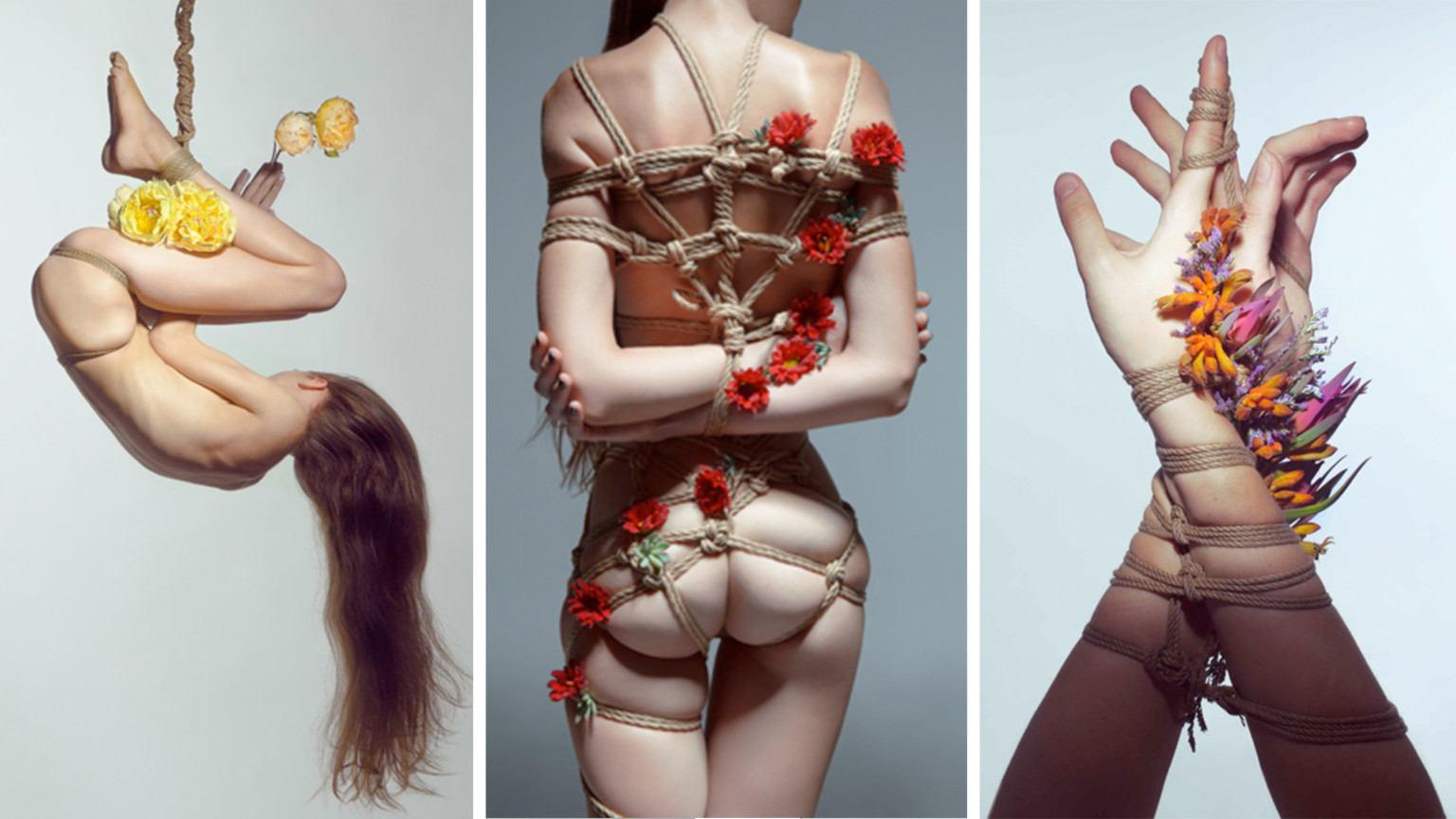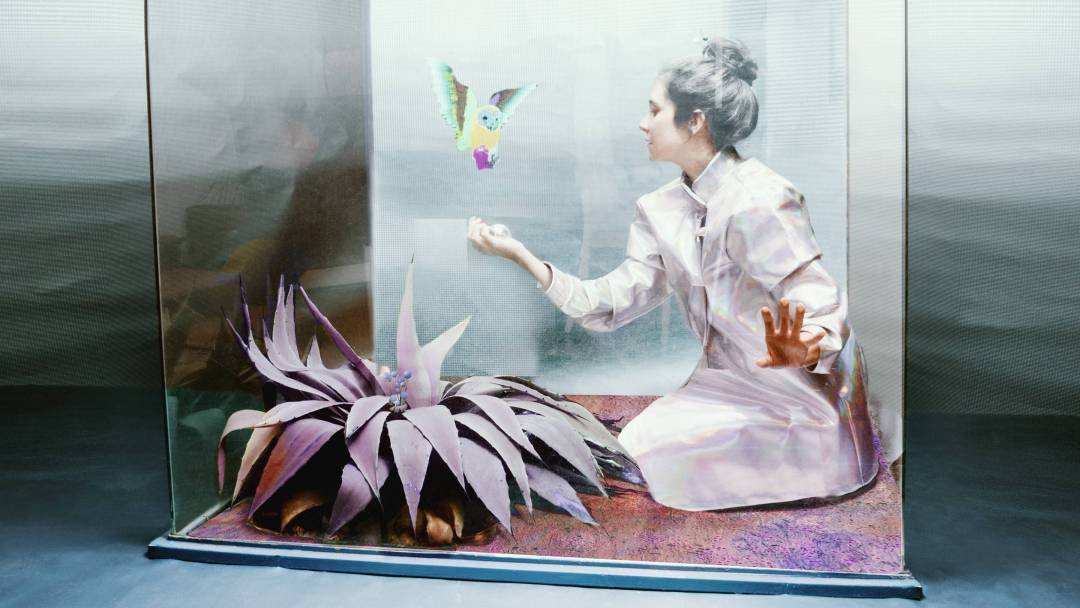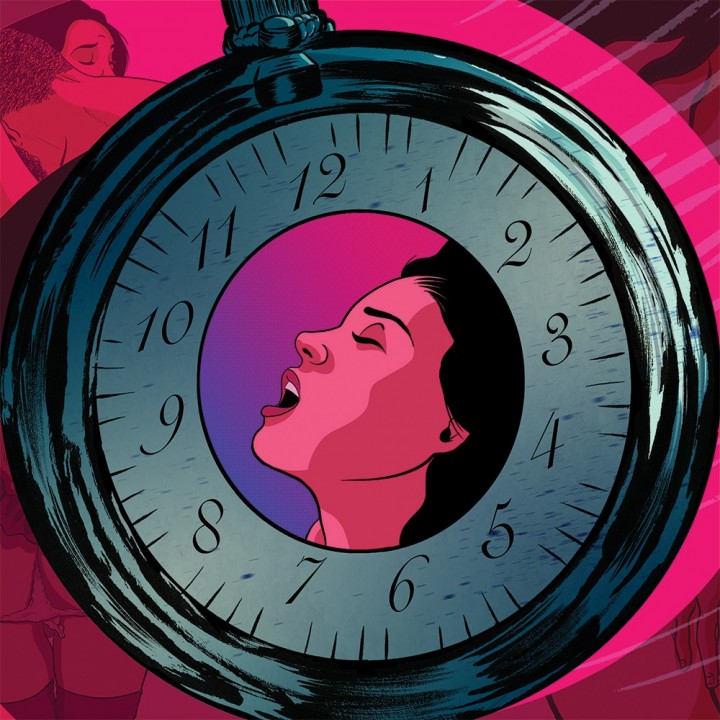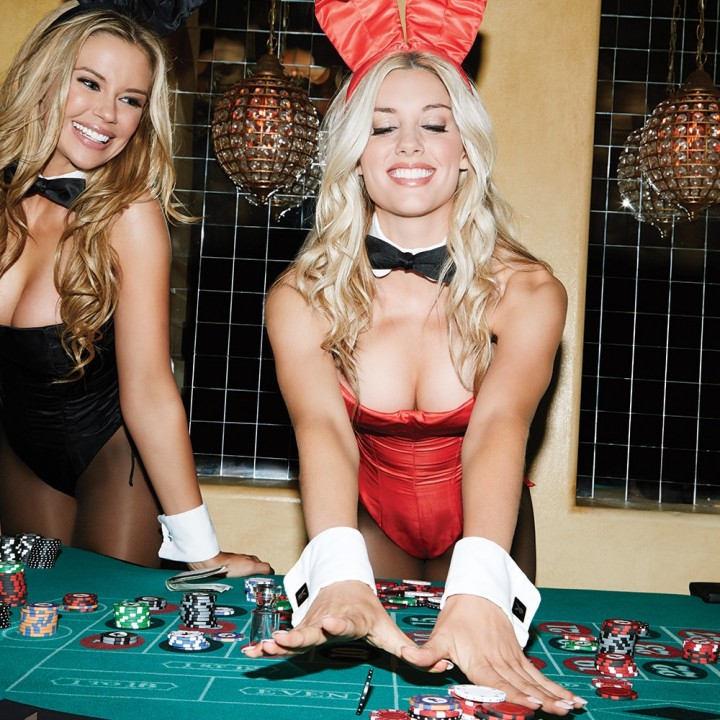
Erotic Rope Bondage Is an Art Form
They say beauty is in the eye of the beholder, but can the same be said about bondage?
Still, McPolin realizes there are those who will instantly deem the images too explicit or unsettling. “It’s like, oh no, there’s boobs,” he laughs. “But that says more about the person looking at it than it does the actual artwork. Being tied up is not normal for most, but these are people's bodies and these are their choices. When you don’t judge, you break down your barriers and dissolve your preconceptions. I photographed my models mainly without showing their faces because I wanted people to put themselves in that space rather than focusing on the model.”
It’s such an in-depth art form and skill set that you can’t ever stop learning.
For his more than 18,000 followers on Instagram, Flanagan shares images that feature his own elaborate ties on models who are often contorted in strikingly strenuous poses and sometimes dressed in cosplay outfits. “The photos generally have the model in a serene pose even if she’s suspended in the air. I use dramatic lighting to show the figure or musculature [of the model] as well as to accentuate the texture of the rope and the drama associated with that. It’s almost a hyper-realistic level of the figure. It’s an idealization of what kink can be. It’s kink fan art.”
As someone who actually ties the rope and takes the photos, Flanagan says there is a clear distinction between practicing Shibari for public consumption versus private gratification. “It comes down to what it means to the individual who is tying and being tied. For photography, I can see Shibari as an art form. For play, I can see it as more BDSM.” As he reveals, “My most positive experiences with rope are the ones I have with people that I don’t photograph. It’s more about the emotional exchange with that person. For the purposes of play with rope, the thing that I seek out more than anything else is the reaction that I’m giving to a person. Are they enjoying themselves? Are they getting what they want out of the dynamic that we're creating? For me, that’s a very different thing than setting up a photo shoot. Rope is just a tool with which you can convey whatever emotion or need that you want to express. What you put into it is what you get out of it.”

"Ultimately, I hope people will reserve judgment and become curious about the unknown and realize that you can actually find beauty in something that is considered taboo.”






